Blog 06/13/2021 - Three Okinawa Temple Bells
Ringing Three Temple Bells: MHT has published the excellent story of “The Bells of Balangiga” our good friend RADM Dan McKinnon’s effort to return the three bells to the Philippines. https://www.miltours.com/image/catalog/data/brochures/Bells%20Final.pdf Here is the story of three bells from Okinawa. Okinawans are sensitive about cultural issues, both because of the devastation caused by the Imperial Japanese Army & Navy turning most of the island into a fortified WWII strongpoint but also because they feel looked down upon as a rural backwater of second-class citizens by "mainland Japanese." "Our culture was in danger of being erased," said Shizuo "Alex" Kishaba, President of the Ryukyu-America Historical Research Society in Okinawa as all of the major villages and the capital Naha were flattened as the US forces had to dig out the Japanese who refused all overtures of surrender.
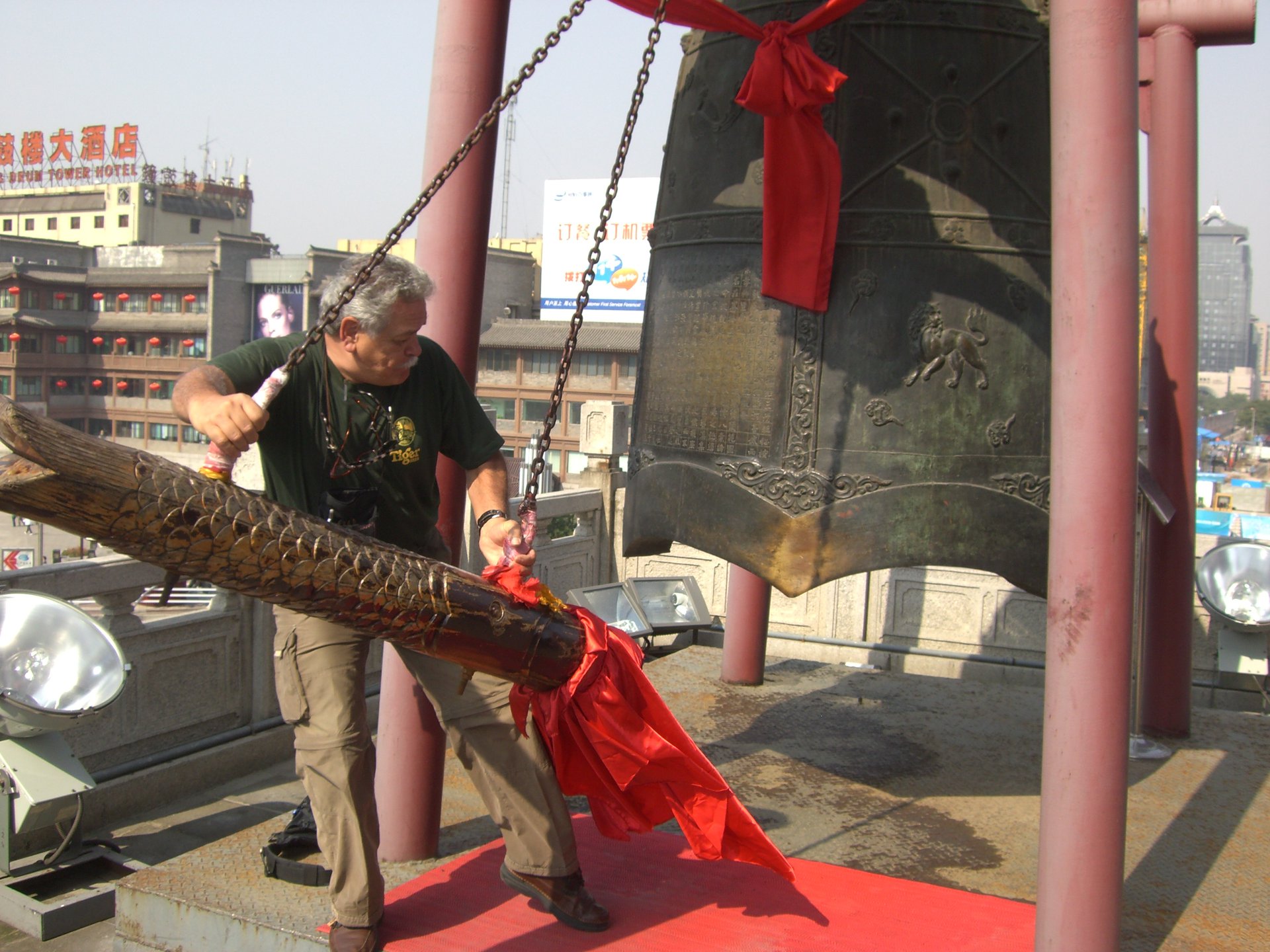
Temple Bells are sacred symbols of Buddhism where traditionally they hang in a ground belfry apart from the main temple. To sound the bell, the monks haul a large suspended timber back as far as they can, then let go. The timber strikes a lotus molding, a designated spot on the bell. As the beam rebounds, the monks catch it so it is just one strike. The bells are called "the awakeners of Buddha." Their sound is mellow and prolonged. "A great note quivers forth deep as thunder and rich as the bass of a mighty organ," wrote one admirer.
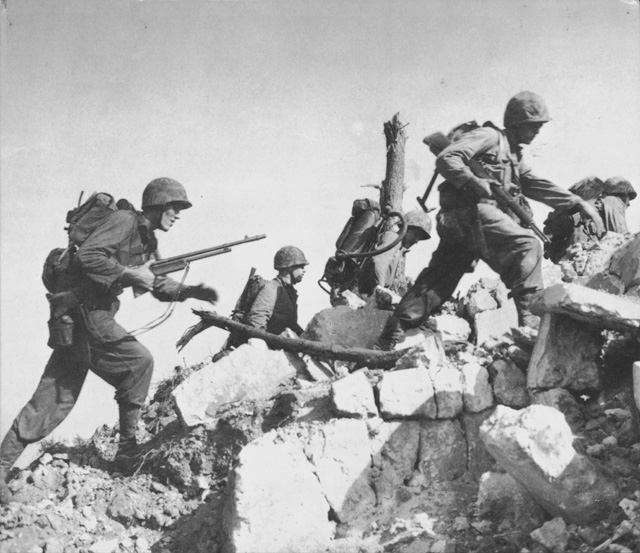
The battle for Okinawa, which began on Easter Sunday, 1945, became the last and the bloodiest infantry clash of the Pacific War. American and Japanese commanders recognized that Okinawa, situated only 350 miles south of the nearest of the Japanese home islands, was the final barrier to the invasion of Japan so they made a desperate and fierce stand. In 81 days of no-quarter fighting, marked by a dramatic increase in the use of suicide kamikaze aircraft and a deluge of artillery, bombing and naval gunfire left few of the island’s structures standing.
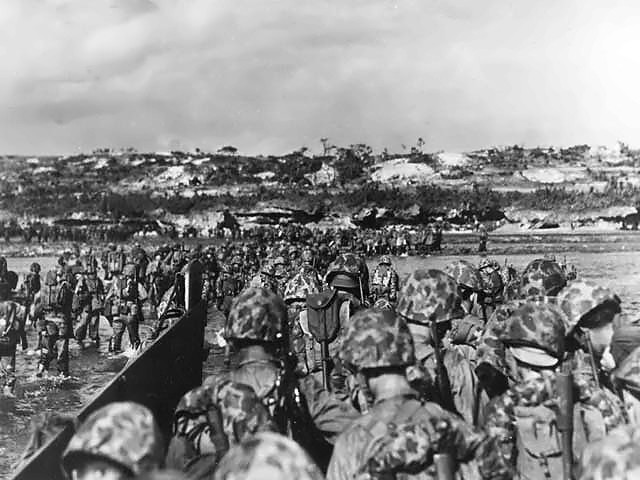
After an American landing that rivaled the Normandy invasion in size, the Japanese were blasted out of their fortified positions yard by yard. The fighting ended on June 21 after the loss of more than 222,500 lives. In addition to 12,500 Americans and 110,000 Japanese, 100,000 Okinawan civilians died in the "typhoon of steel" that struck their island.
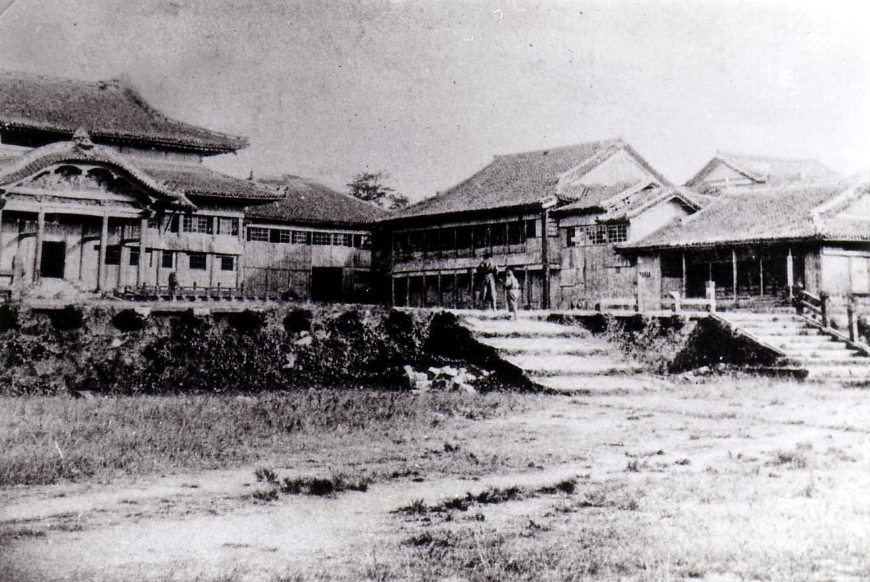
The Shuri Temple Bells: The Japanese defenses had been anchored on a network of tunnels and natural caves in the Shuri area of south-central Okinawa. Their high command was headquartered in three levels of tunnels beneath Shuri Castle, a 290-acre compound similar in function to Tokyo’s Imperial Palace. "Here lay the heart of Japanese resistance," wrote historian George Kerr. By May 24, 1945 nearly eight weeks after the battle began, Shuri Castle would not fall.
.jpg)
The battleship USS Mississippi (BB-41) was ordered to train its 14-inch guns on the castle walls. "At the end of the second day of continuous bombardment," Kerr wrote, "observers reported that cracks were beginning to appear." On the third day, the great ship boldly moved close inshore, hurling tons of steel and explosives against the crumbling walls.
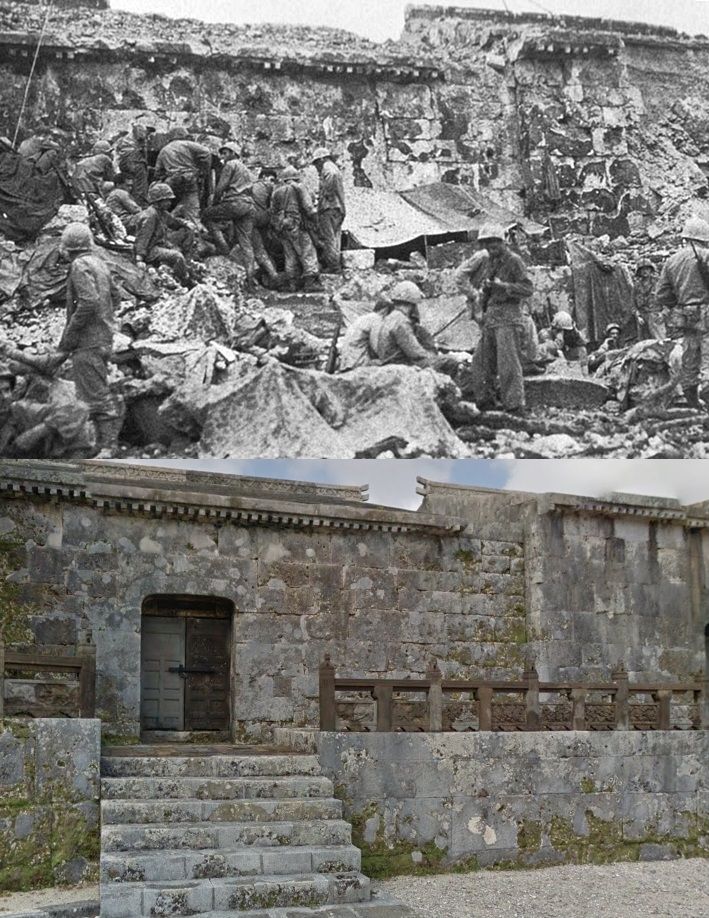
By nightfall the ancient castle was in ruins where before the invasion the beautiful hilltop Shuri compound had housed the royal residences, the ancient home of the Ryukyu seat of government, Buddhist temples and magnificent parks and gardens all protected by massive coral block ramparts laid down 500 years earlier. Into the rubble crashed Shuri's two large temple bells, which for four centuries had marked the dawns and dusks for the compound's Buddhist monks.
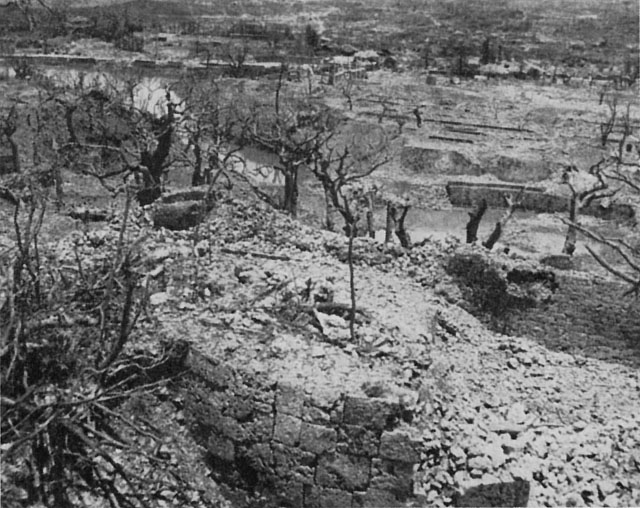
The bells were dug out by US troops and removed for safekeeping to the 10th Corps Headquarters. The larger of the two was quickly returned by the American conquerors of Okinawa and rests today in a museum. The other bell (#1) vanished and was soon lost to history. However, that massive bell resurfaced after 44 years hidden away in an Arlington home.
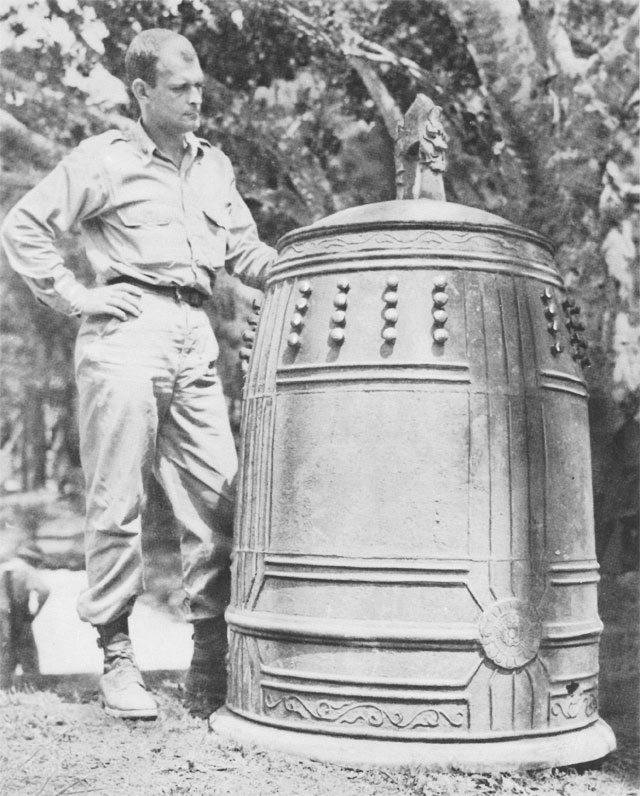
The missing Shuri Bell's odyssey, not quite four feet tall and weighing 350 pounds, had been surreptitiously crated and stowed aboard a US Navy ship, the collaboration of a general who intended it for his Washington apartment and an admiral who joked that he planned to ring it during Army-Navy football games.
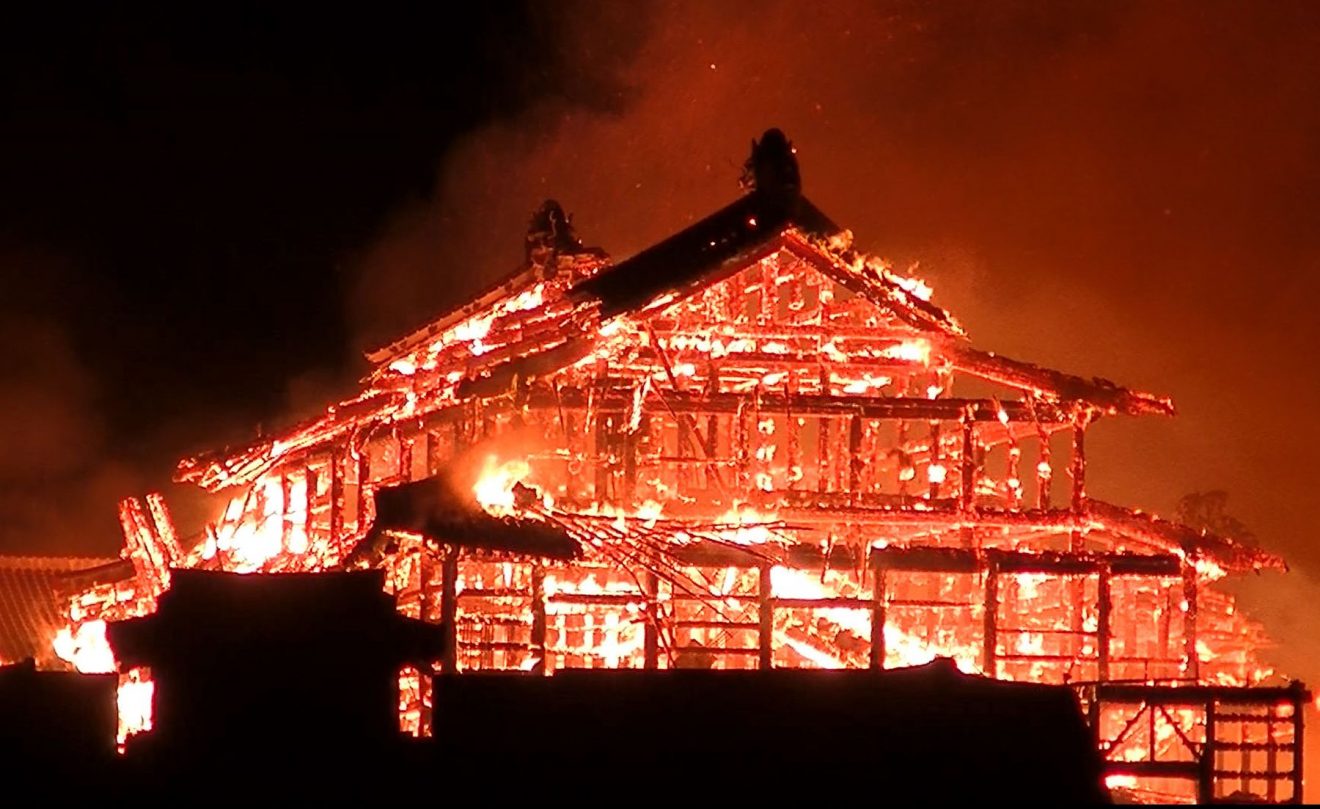
A US Army Green Beret detachment officially returned the bell to Okinawan Officials for installation at the Shuri Castle Museum. Hopefully, it wasn't damaged when Shuri Castle burned to the ground in October 2019 but having survived the 14-inch, 1500-pound shells of the USS Mississippi its chances are good that it survived another inferno.
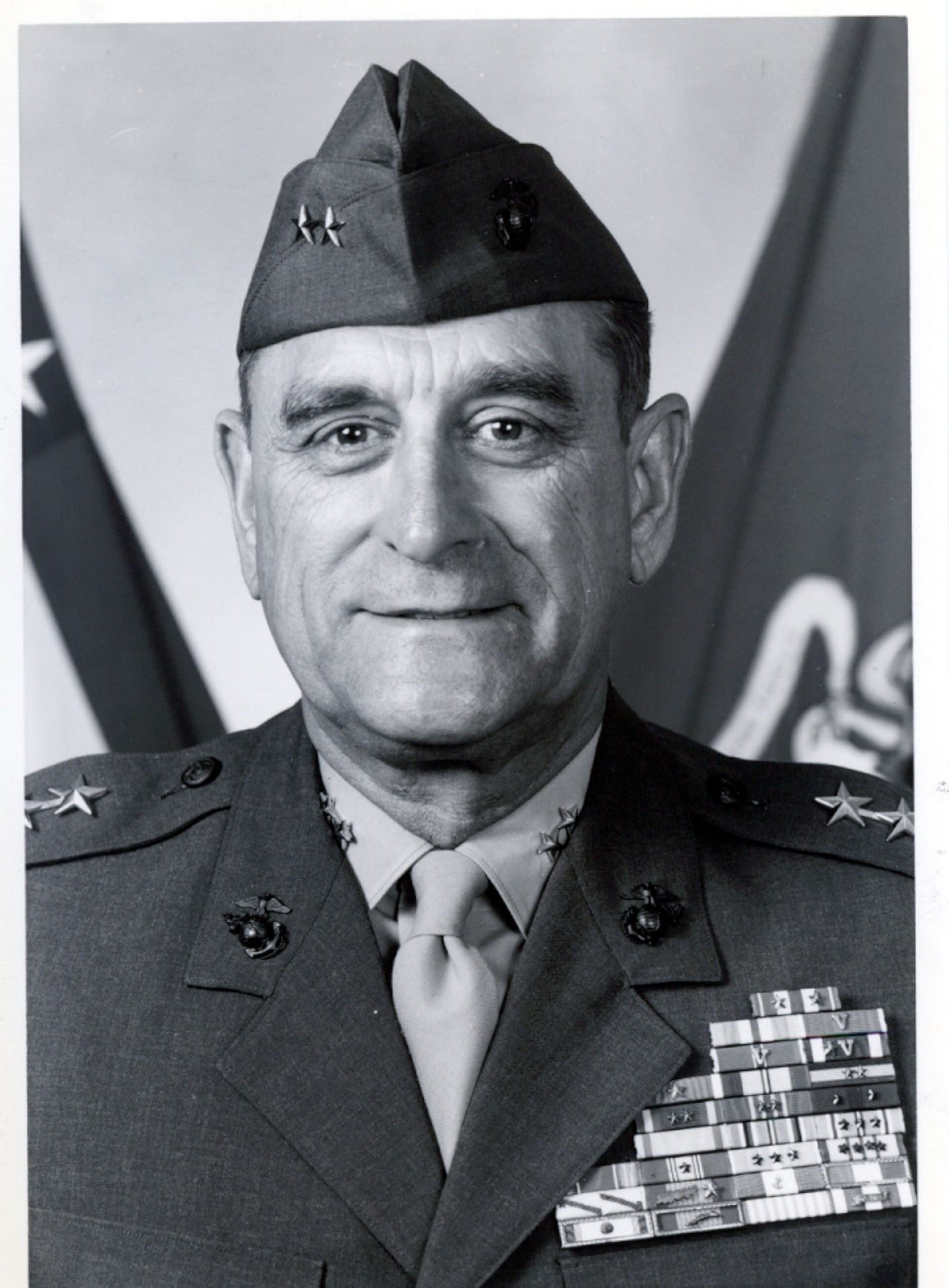
The US Naval Academy (USNA) Gokoku-ji Bell (#2): A prime mover in arranging for the return of the bells was MajGen Robert Day, USMC(Ret) who fought on Okinawa as a young corporal and squad leader with the Sixth Marine Division (6th MarDiv) in 1945. In 1998, MajGen Day would be awarded the Medal of Honor for his heroism at the Sugar Loaf Ridge Complex during the battle.
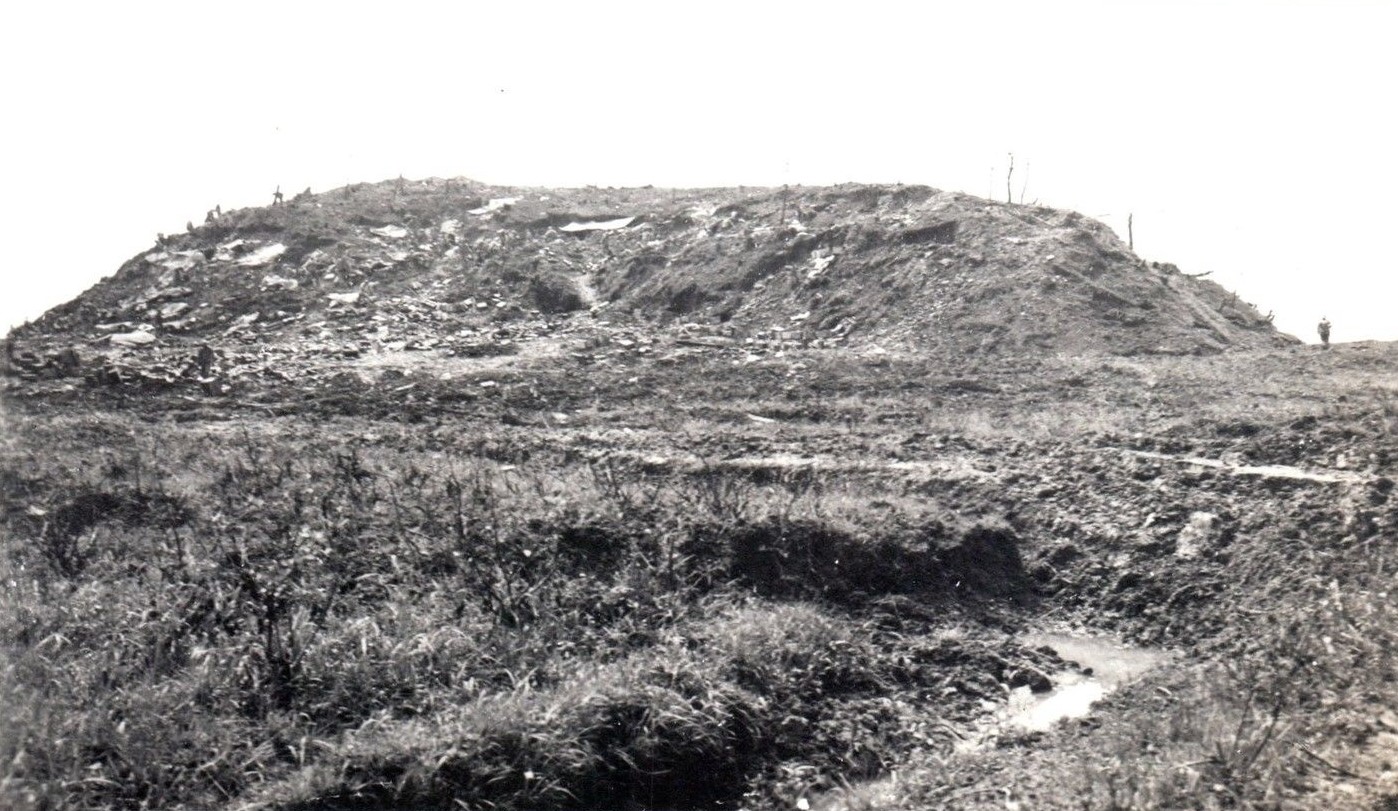
"The island was almost totally devastated by the fighting," he said. General Day said he became aware of how little Okinawan cultural heirlooms had survived the war when he returned to the island in 1984 as Commanding General of U.S. Marine Corps Bases in the Far East, Headquartered at Camp Butler, Okinawa. After his retirement in 1987, he said, he became active in the 6th MarDiv Association, a veterans' organization, and devoted himself to finding objects taken by US Marines and soldiers from Okinawa during the war and restoring them to their owners. General Day was instrumental in returning to Okinawa the USNA Gokoku-ji Bell & the 6th MarDiv Dai Sen Zen-ji Temple Bell.
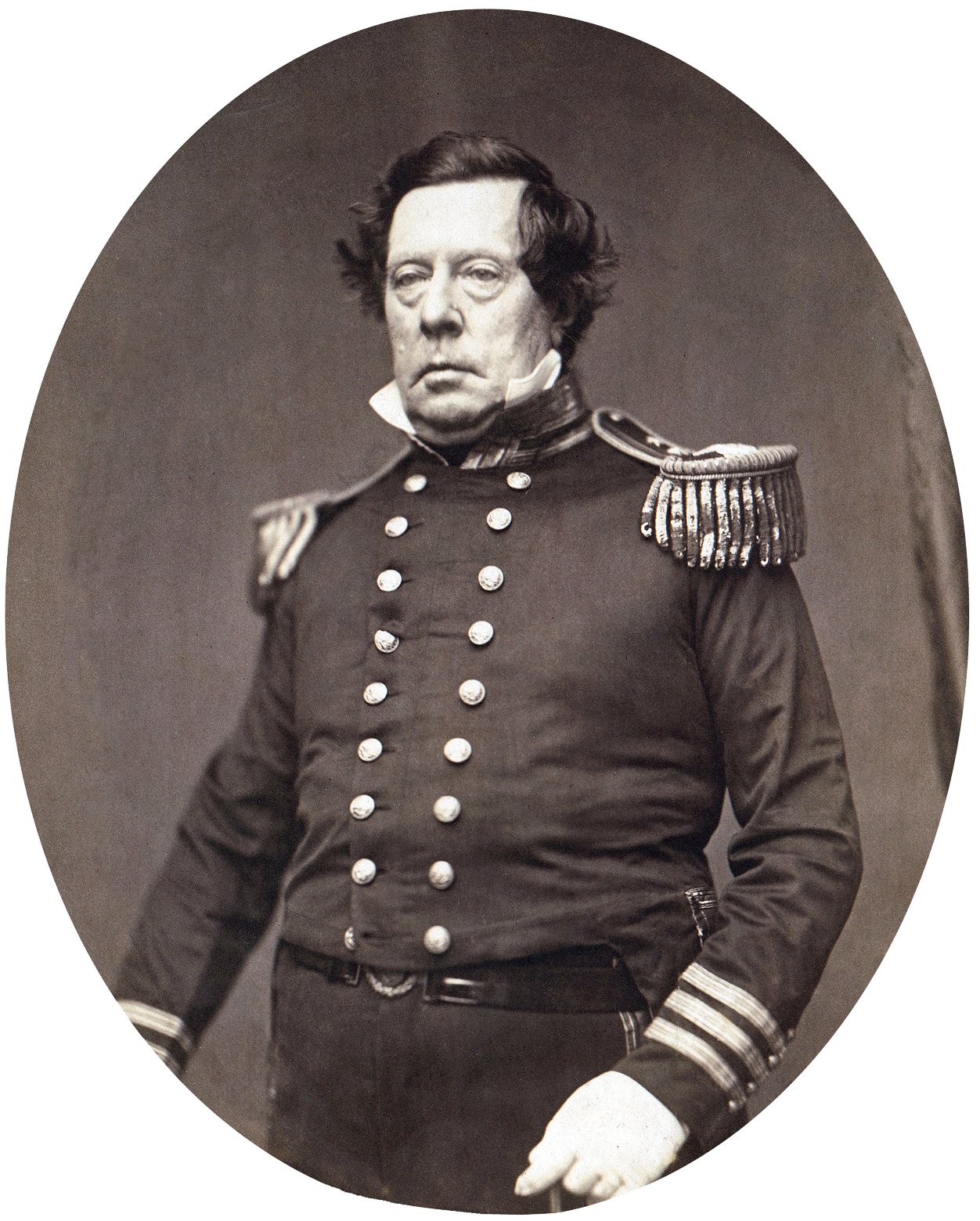
United States Naval Commodore Matthew Perry, brought back a temple bell from Japan following his second mission to Okinawa in 1855. This bell was among the items “given” to Commodore Perry by the Regent of the Ryukyu Kingdom during the fourth and final exchange of gifts between the U.S. and the Kingdom on 11 July 1854. The first bell offered was found to be imperfect, so a replacement bell from the Gokoku-ji Temple in Naha was offered instead as a token of friendship from the Okinawan people.
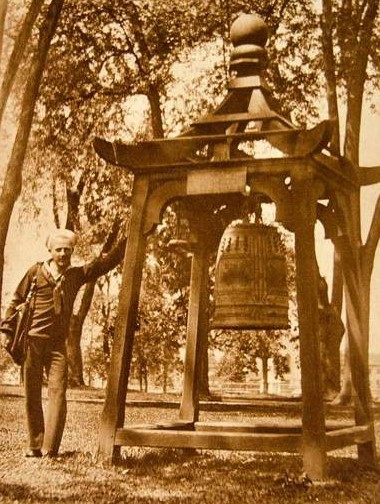
Known as the Gokoku-ji, the original bell, cast in 1456 by order of King Sho Taikyu, for many years remained at the U.S. Naval Academy, presented in 1859, by the Commodore’s wife, after his death, according to his wish. The inscriptions on the bell read: “Daiku Emon-no-jo Fujiwara Kunimitsu” (The [Japanese] Imperial Official Master Metalworker, Fujiwara Kunimitsu); “Keitai shichi-sai” (the seventh year of the Ming dynasty Ching t’ai period [1456]), along with an epitaph saying in part: “May the sound of this bell shatter illusory dreams, perfect the souls of mankind, and enable the King and his subjects to live so virtuously that barbarians will find no occasion to invade the kingdom.”
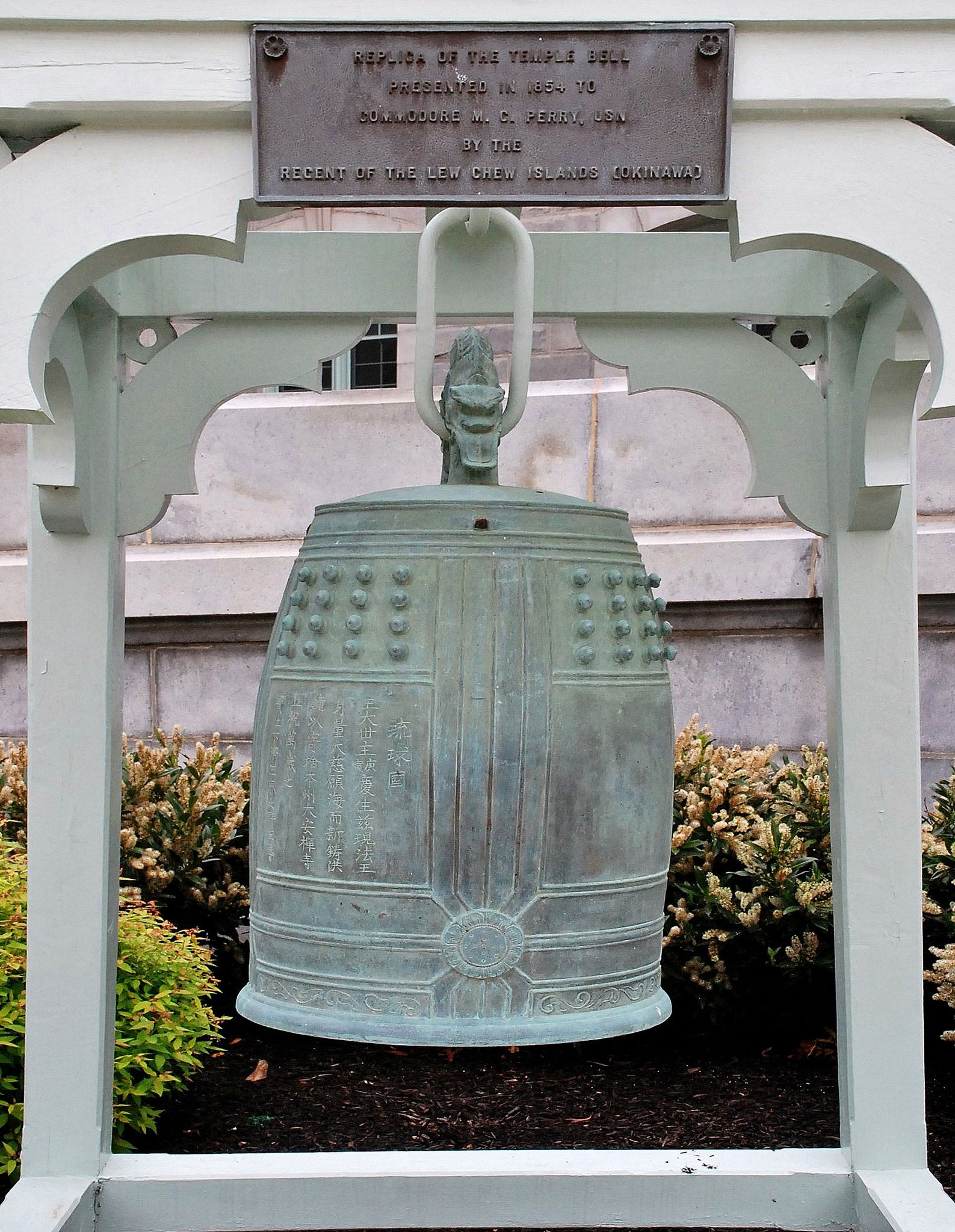
The Okinawan Governor in 1987 aided by MajGen Day requested the bell's repatriation because most of the island's historical treasures were destroyed during WWII. The Gokoku-ji Bell after display in Washington, DC had eventually ended up at the US Naval Academy in Annapolis, MD. It became a tradition to strike the Gokoku-ji Bell after the annual Army-Navy football game whenever the Midshipmen triumphed over their bitter rivals from the US Military Academy in West Point, NY. Installed in a specially constructed belfry, the bell stood at the entrance to Bancroft Hall at USNA until 22 July 1987 when the bell was returned to Japan. It was originally set to be a cultural ambassador in a prominent spot in the Main Lobby of the Okinawa Prefectural Office Building where it would be seen by hundreds of people every day.
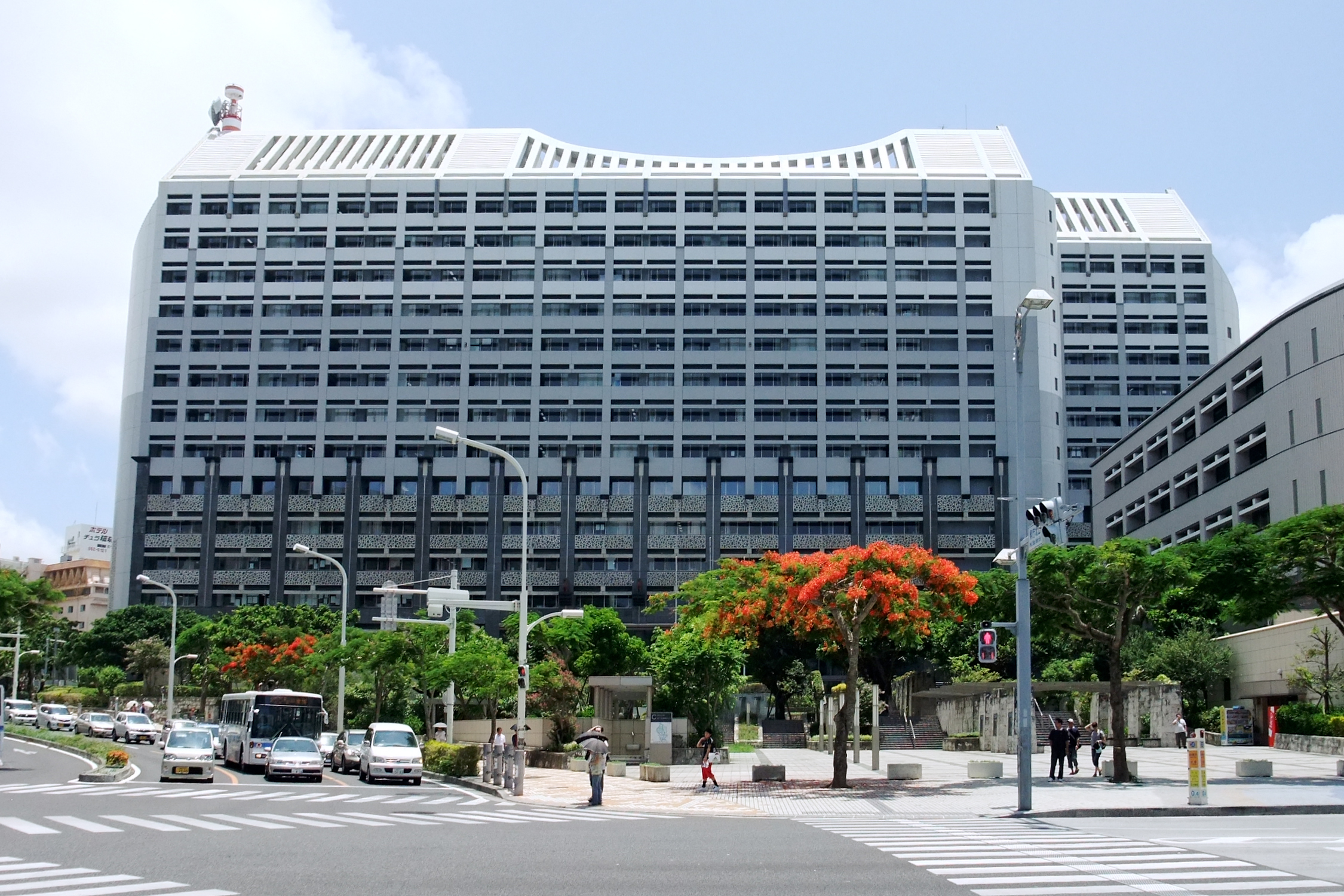
However, it was housed in the Okinawa Prefectural Museum at Naha that has 12 such bells of cultural significance. Five or six are in displays, the others are in storage next to a garbage collection point in the basement. Hopefully the proud Gokoku-ji Bell will be one that is displayed. A copy of the Gokoku-ji Bell was cast & still stands at USNA’s Bancroft Hall with the plague: "Replica of the Temple Bell presented in 1854 to Commodore M. C. Perry, USN by the Regent of the Lew Chew Islands (Okinawa.)"
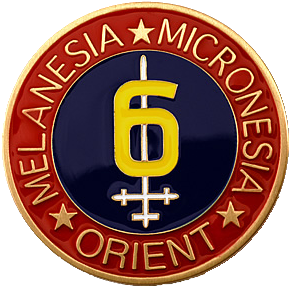
6th MarDiv Dai Sen Zen-ji Temple Bell (#3): In April 1991, a 15th-century Buddhist temple bell seized by US Marines on Okinawa in June 1945 and exhibited as a war trophy at the Virginia Military Institute (VMI) in Lexington, VA, for the last 45 years was returned to Okinawa.
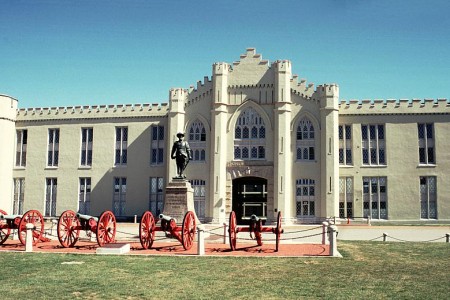
"A priceless, national treasure," the so-called Dai Sen Zen-ji Bell hung for centuries in a Buddhist temple in feudal Okinawa. The bell, cast in 1465, stands three feet high and weighs 450 pounds. It is decorated with inscriptions praising Buddha, Ryukyuan King Sho Taikyu and how ruler and ruled should stand together. "It's immensely valuable," said James Watt, senior curator of Asian art at the Metropolitan Museum of Art. "It was cast during a very early period, when Okinawa was the capital of the Kingdom of the Ryukyus before it became part of Japan. Ryukyuan culture was then at its zenith but very few cultural objects have survived from that period." Speaking by telephone from his home in Okinawa, Mr. Oshiro said he expected the bell to be displayed in front of Shuri Castle.
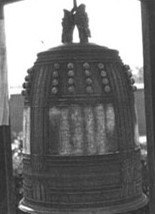
He said the Shuri Castle Commission, a nongovernmental body, would pay the cost of shipping the bell to Okinawa. Six days after the initial American landing, the 6th MarDiv captured Nago Harbor and there they found the bell. Keith Gibson, executive director of Museum Programs at VMI, said the Marines believed that taking the bell was a legitimate seizure of contraband and presented the bell as a gift to MajGen Lemuel C. Shepherd Jr., their Commanding General.
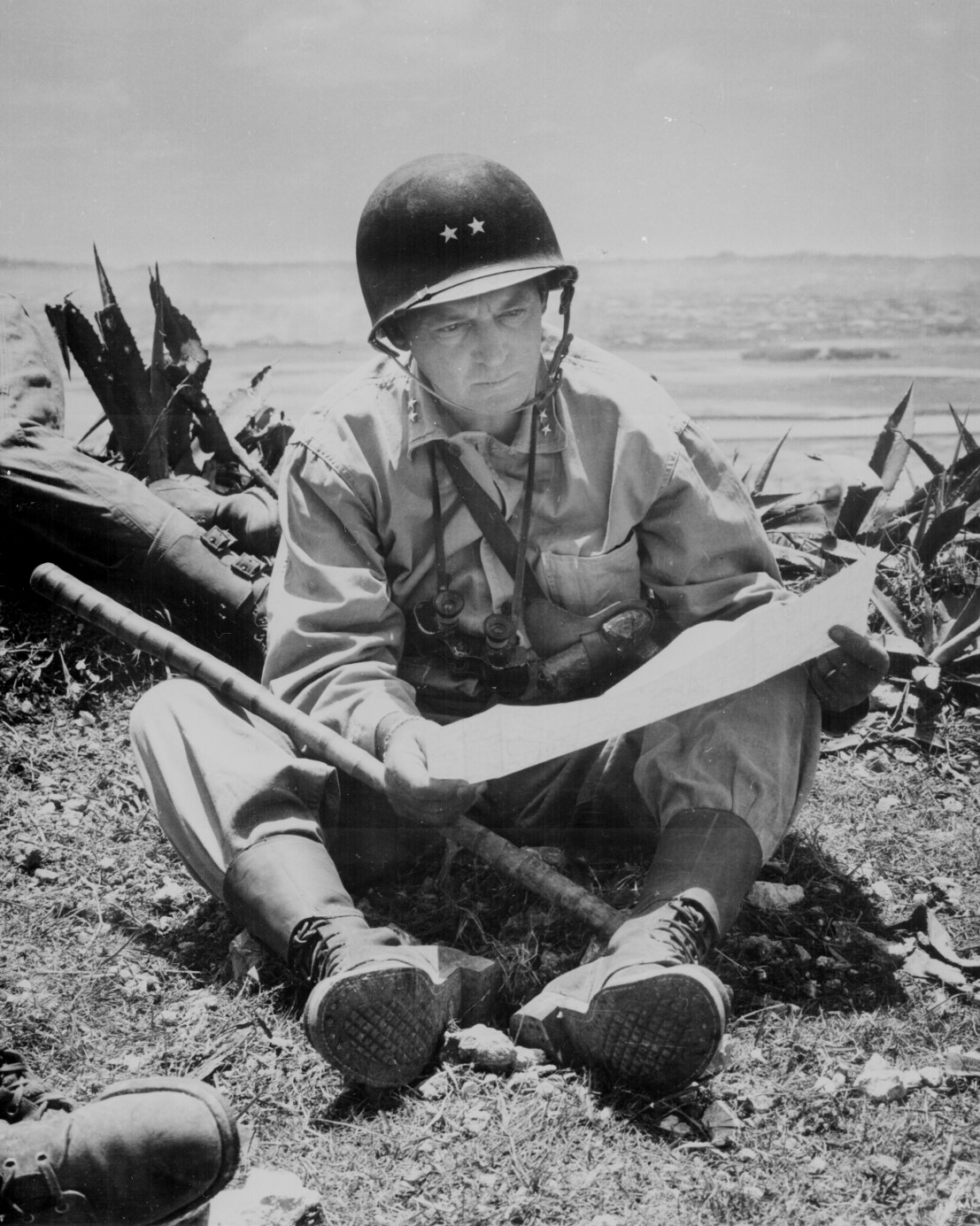
General Shepherd, in turn, crated it and sent it to VMI, his alma mater. Mr. Oshiro at the suggestion of General Day, wrote to MajGen John Knapp, the Superintendent of VMI, asking for the return of the bell. General Knapp said he had discussed Mr. Oshiro's letter with members of General Shepherd's family and they agreed that the bell should be sent back to Okinawa. Later, General Day received approval for the return of the Dai Sen Zen-ji Bell from the Department of State, the Foreign Gift Presentation Section of the Department of Defense and more than 80 members of the 6th MarDiv Association, including three former group presidents.
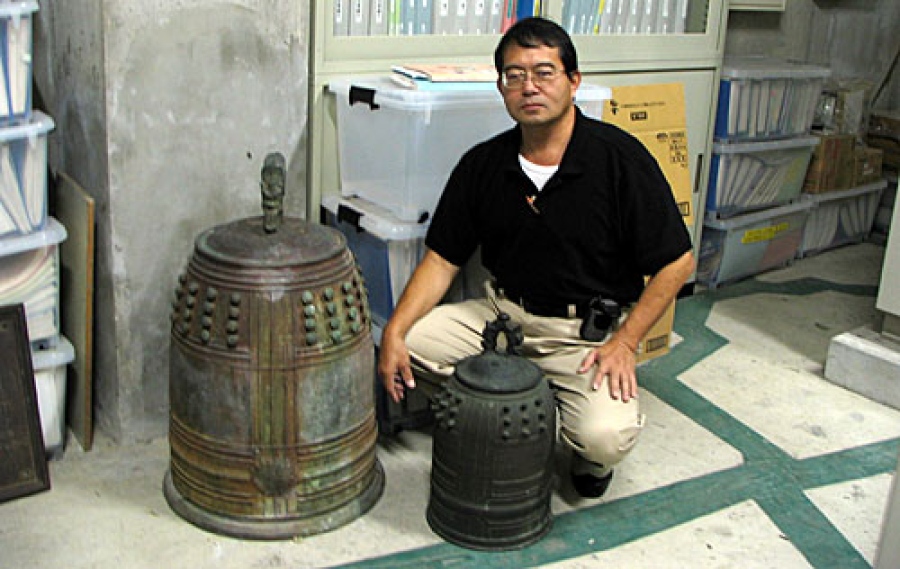
The Dai Sen Zen-ji Bell Aftermath: “There was a breakdown in communications and the bell, (instead of going to Shuri Castle from the VMI) it was kept at the Shuri Citizens Hall, the bell had been removed from its original prominent display position and was sitting on the floor in a stairwell behind a telephone box,” President of the Ryukyu-America Historical Research Society "Alex" Kishaba said, “But what really stoked my temper was that it was chained to the telephone stand. They were using the bell to secure the telephone box.” Kishaba went to the Restoration Committee and demanded the bell back, “I asked the chairman of the committee if the bell was secured to the phone box to make sure the bell would not be stolen, or was it the other way around?” The chairman said it was to make sure the phone wasn’t stolen, and I told him that’s why I wanted it back. You don’t treat religious artifacts that way.”

For a few weeks, it was placed in a park in the Oku community in northern Okinawa Naha, but Kishaba received reports that it was not being cared for and was afraid it would be stolen. “There’s a serious problem in Japan these days with people stealing objects that can be sold as scrap metal,” Kisaba said. After that, the bell was moved to the basement of the rehabilitation building sitting under a staircase. “After the government lied about the Gokoku-ji bell and sent it to the museum instead of the Okinawa Prefectural Hall, I want to be sure this bell does not meet the same fate — or worse,” Kishaba said and he is holding the bell, “The museum already has 12 such bells of cultural significance. Five or six are in displays, the others are in storage next to a garbage collection point.” It probably would have been seen more if the bell had stayed at VMI but with their lack of respect for their own legacy statues and heritage that may be up for debate. Hopefully now they are back all three bells will find good displays for the people of Okinawa to enjoy.
